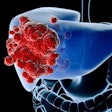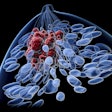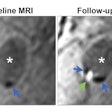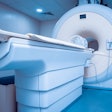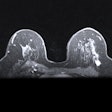Harcourt Health Sciences, St. Louis, 1996, $239
Bone and Joint Imaging is a condensed version of the six-volume, 4,622-page Diagnosis of Bone and Joint Disorders. The abridged volume extracts the essentials from the larger text, which is widely considered the definitive work in musculoskeletal radiology.
Most of the text is organized by pathophysiology, with sections on arthritides, connective tissue disorders, crystalline disease, metabolic/endocrine diseases, degenerative processes, and marrow diseases. Non-pathophysiology sections include anatomy/physiology, diagnostic techniques, and postoperative imaging.
Chapters begin with an abstract-style summary, a list of clinical abnormalities, and a discussion of radiologic or pathologic abnormalities (often with radiographic-pathologic correlation). Subsequent short sections touch on coexistence with other disorders or other diagnostic techniques.
These are followed by discussions on disease etiology/pathogenesis, and a focused differential diagnosis. Some chapters that are organized by a defined disease entity provide a listing and discussion of the pathologic processes that characterize that entity or disease. Some of these chapters deal with enteropathic arthropathies, periodic relapsing and recurrent disorders, and degenerative diseases of the spine.
If a single word were used to describe this abridged book, it would be meticulous. The images are excellent, and the text is very well organized and well written. Pertinent pathologic/gross anatomic images are also included intermittently, and a combination of line drawings and shaded anatomic drawings are effectively used.
And despite its having 31 different contributors, the book flows like a single-author text. The breadth of information is in keeping with the specialty background of the contributors, which includes pathologists, orthopedic surgeons, and internal medicine physicians. Their contributions are effectively edited for a seamless reading experience. The limited number of typographical errors, and the cogent selection of images, reflects the scrupulous editing and attention to detail that went into this textbook.
The relative lack of cross sectional imaging is the only criticism that can be leveled at Bone and Joint Imaging. But although advanced imaging is certainly important for musculoskeletal applications, the fact that the book is not replete with MR images isn’t a major deficiency. The images used in this book are possibly the finest examples of musculoskeletal disease processes and they are clearly the highlight of this text.
Bone and Joint Imaging will meet the reference needs of the vast majority of radiologists, even those who specialize in musculoskeletal radiology. A recently completed five-volume version of Resnick’s larger text is now available. While the full-length version may be the ultimate in musculoskeletal radiology, Bone and Joint Imaging stands on its own merit and is, by comparison, easier to carry.
By Douglas P. BeallAuntMinnie.com contributing writer
January 11, 2002
Dr. Beall is a staff radiologist in the musculoskeletal division, department of radiology at Wilford Hall Medical Center, Lackland Air Force Base, TX. He also is an assistant professor of radiology, department of radiology and nuclear medicine, Uniformed Services Health University in Bethesda, MD.
If you are interested in reviewing a book, let us know at [email protected].
The opinions expressed in this review are those of the author, and do not necessarily reflect the views of AuntMinnie.com
Copyright © 2002 AuntMinnie.com


.fFmgij6Hin.png?auto=compress%2Cformat&fit=crop&h=100&q=70&w=100)



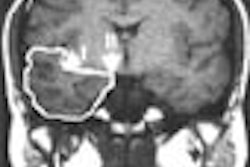

.fFmgij6Hin.png?auto=compress%2Cformat&fit=crop&h=167&q=70&w=250)

